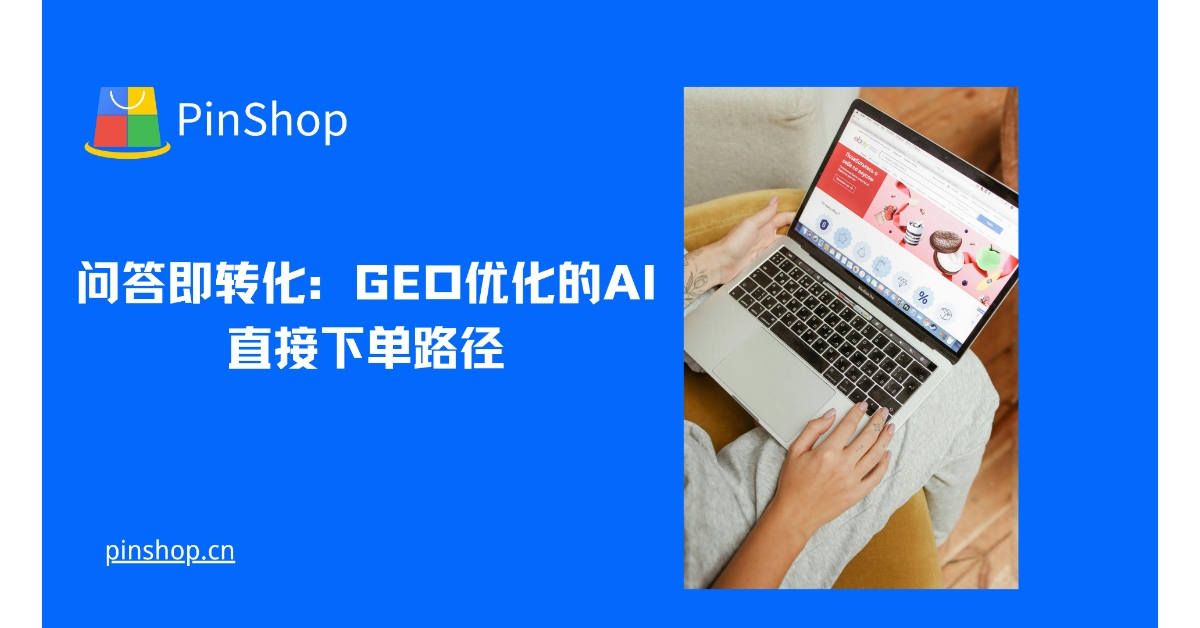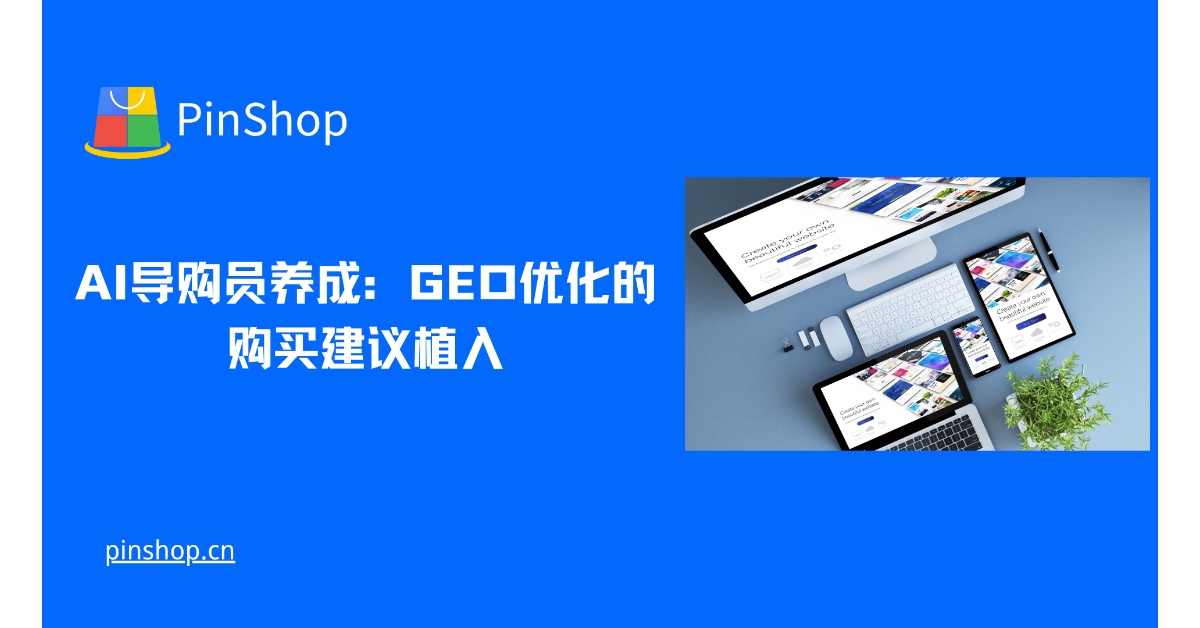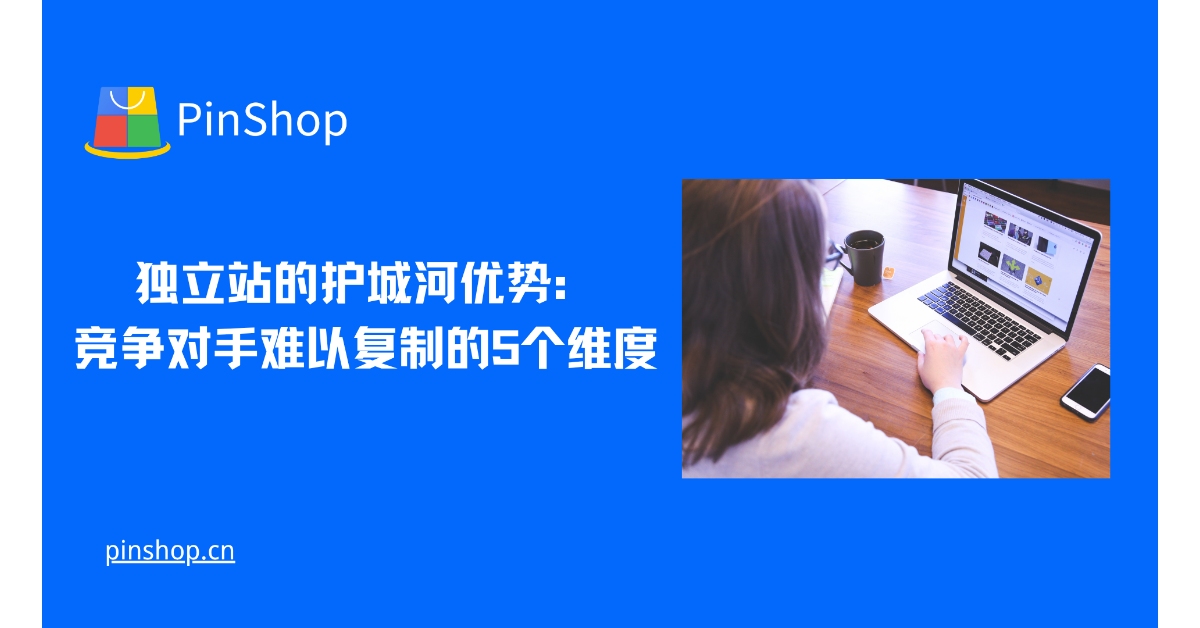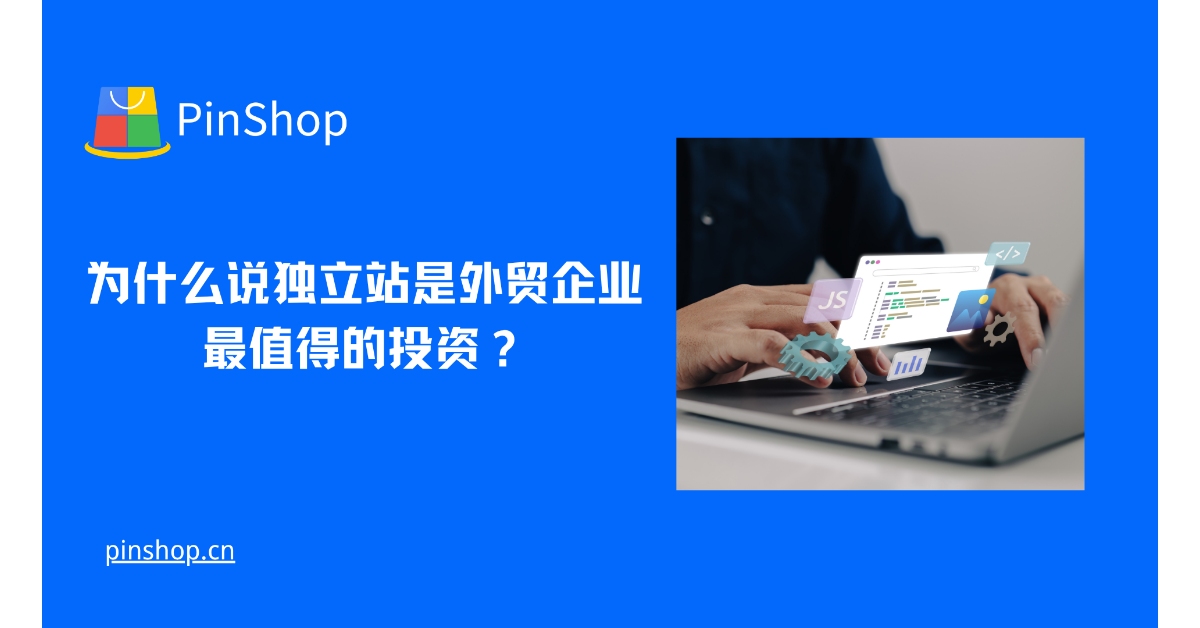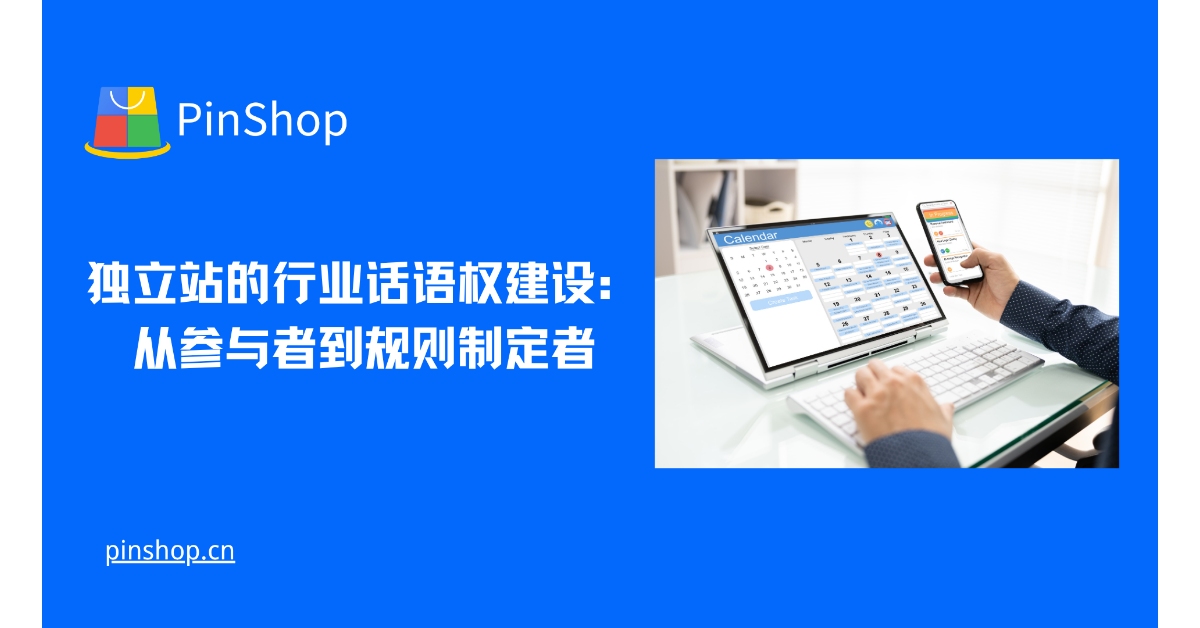Why do foreign trade websites have no traffic? What are the common root causes?
Most companies write their on-site copy with a "product-driven" approach, neglecting the buyer's search language and decision-making process . This leads to fragmented topics, homogeneous keywords, and a lack of structured annotations and credibility signals on the pages. Content marketing should return to its essence of "meeting search intent," which aligns with the "user-centric, useful content" emphasized in Google Search Central's guidelines .
Identify the audience and value proposition (ICP → Question List)
Anchor the target buyer (role/industry/region/application scenario) and write a list of "pain points → questions".
Use the "one promise + three evidences" approach to refine the value proposition (performance/certification/delivery/case studies).
Provide quantifiable metrics in the title and above-the-fold summary to enhance the credibility of the information (refer to the “predictable cues” principle from Nielsen Norman Group’s information scent research ).
Keywords and topics: Create "theme clusters" rather than scattered articles
Build a topic cluster with "parent topic (category/solution) - sub-topic (application/parameter/compliance) - transaction page (product page)", and link back to the product/solution page in each sub-article.
Sources for topic selection: Buyer FAQs, after-sales work orders, frequently asked questions in inquiry emails, and industry standards and compliance modules (for background on cross-border compliance and digital trade, please refer to the trends and definitions in the UNCTAD Digital Economy Report ).
Output template:
Problem → Cause → Diagnostic Checklist → Solution Steps → Quantified Results
Scenario → Solution Comparison → Implementation Key Points → Risks and Boundaries → CTA
Page structure: Make it understandable to both search engines and buyers
H1/H2 : Contains main keywords and scene words; a concluding summary is given at the beginning of the paragraph.
Bullet Points : Replace adjectives with data/parameters; insert a “Download Data Sheet/Get a Quote” micro-CTA.
Structured data : Add
HowTo/FAQPageto tutorial/FAQ pages; addProduct/Offerto product pages; useBreadcrumbListin articles to improve comprehensibility.Multilingual : Configure
hreflangand use localized terminology instead of literal translation (localization of measurement/certificate naming/date formats).
Content Type Matrix: Driving Conversions with Problem Solving
Application Solution : This document breaks down processes and parameters based on industry usage scenarios, embeds comparison tables, and provides guidance for downloading white papers.
Compliance and Certification : Explains CE/ISO/REACH and other related procurement risks, and also displays the company's qualification number.
Case study : Problem → Solution → Result (KPI before and after comparison), close to the real procurement process.
Purchase Lists and Selection Guides : Reduce selection costs with tables and flow charts.
These content formats are consistent with the "useful and verifiable" standards and meet the evaluation criteria of Google Search Central guidelines ; the presentation follows the recommendations on scannability from Nielsen Norman Group's Information Scent Study ; and the topic selection is based on the macro trends in the UNCTAD Digital Economy Report on cross-border e-commerce buyers' information needs.

Distribution and Reuse: Turning a Good Article into Ten Touchpoints
On-site : Link to related articles/product pages; place secondary CTAs (download, book a demo, request a quote) on the side and at the end of paragraphs.
Off-site : short social media posts (conclusion cards + data points), industry forum Q&A, EDM "problem-solution-results" three-part format; core charts are made into infographics for reuse.
Multilingual republication : rewrite titles and examples based on the target market to avoid word-for-word translation that would cause loss of information flavor.
Measure and Iterate: Closing the Content Flywheel with Data
Content pre-indicators : display/click-through rate/stay on the first screen/internal link clicks.
Conversion metrics : CTA clicks/form completion rate/sample requests/quote requests.
Technical indicators : LCP/CLS/INP, image size, and script count (performance optimization experience and crawl visibility standards, with reference to the crawlability and experience recommendations in the Google Search Central guidelines ).
Monthly review: new topic coverage, rate of ranking in the top 10, number of inquiries generated by a single article; keep A/B test records and failure lists.
6-week implementation plan (directly executable)
Week 1 : Crowd portrait and value proposition, keyword theme map, and editorial scheduling.
Week 2-3 : Produce 3 proposal papers + 2 FAQs + 1 case study according to the template; synchronize internal links.
Week 4 : Structured data and
hreflang, WebP images and lazy loading, and speeding up the first screen.Week 5 : Social media/EDM distribution; cut key graphics into 3–5 short posts.
Week 6 : Review search data and inquiry data to determine the topics and revision points for the next cycle.
CTA | Use Pinshop to really get your content flywheel running
Pinshop, powered by React + Next.js , features static content and a global CDN. It natively supports multiple languages and hreflang , and includes built-in automated SEO and topic selection assistance, structured data templates, one-click social media distribution, forms, and trending analytics . It transforms "writing content" into "getting results. " Book a demo and get your content marketing checklist and template for building a website for international trade.

【Extended Reading】
Case analysis of increasing natural traffic of foreign trade website SEO

